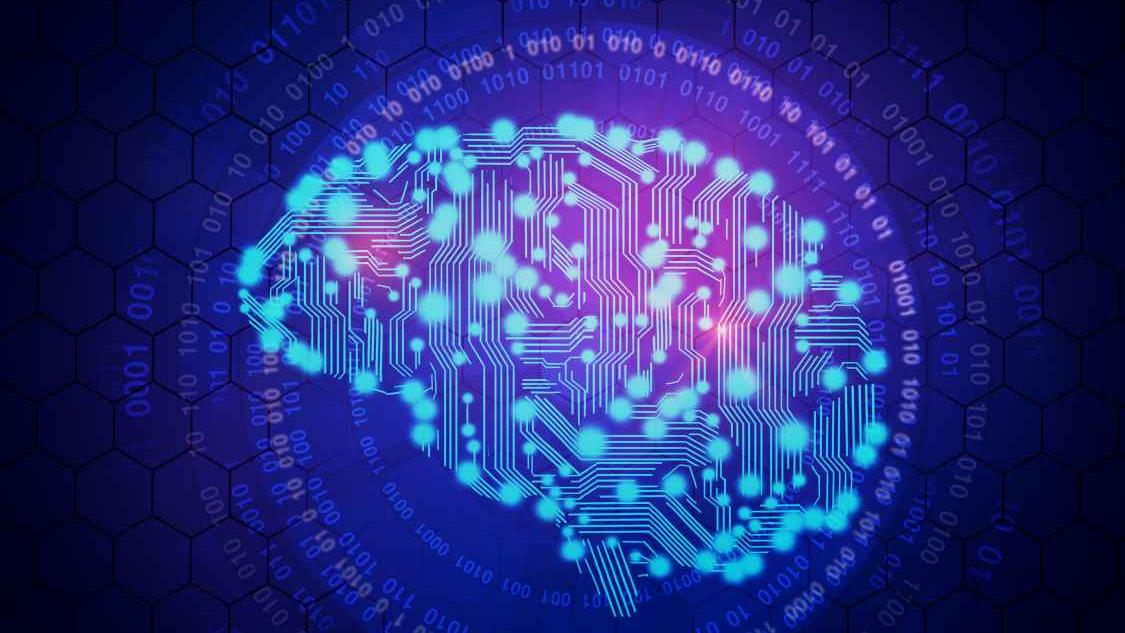by University of Helsinki
The performance of human observers agrees with the new dim light detection model where performance is fundamentally limited by retinal thresholding nonlinearities along the ON pathway. Credit: Nature Communications (2024). DOI: 10.1038/s41467-024-48750-y
Researchers at the University of Helsinki have made a breakthrough in understanding what neural mechanisms allow the extreme sensitivity of human vision in darkness. The new research shows that humans can perceive minute differences in the intensity of light but that this sensitivity is achieved at the cost of the ability to detect light particles.
For nearly one hundred years, neuroscientists have pondered whether the human eye could distinguish an individual light particle, known as a photon, which is the smallest possible quantity of light. This question has been difficult to answer because it was previously impossible to accurately reconcile human visual perception and retinal activity at the extreme sensitivity conditions in darkness.
Research conducted at the University of Helsinki reveals that the human visual system sacrifices the ability to detect individual photons in order to gain greater fidelity in detecting faint lights. The research findings challenge previous conceptions of how the visual system works. The study is published in the journal Nature Communications.
"This research is a major step forward in visual neuroscience, providing new insight into how the human visual system functions under extreme conditions in darkness. Our study shows that the sensitivity of the human eye approaches the fundamental limits of physics, and the entire visual system performs at the absolute threshold of its capacity," says Professor Petri Ala-Laurila who led the study. He runs his two laboratories at the Faculty of Biological and Environmental Sciences at Helsinki University and at the department of Neuroscience and Biomedical Engineering at Aalto University in Finland.
"Our research shows that the human visual system has evolved to detect faint contrasts with extreme precision, which has apparently been more important than detecting individual light particles," says Dr. Markku Kilpeläinen from the University of Helsinki's Faculty of Psychology, the first author of the article.
Visual perception at the edge of darkness
The research showed that humans can detect extremely small differences in the intensity of light at the threshold of darkness. This precision is achieved thanks to the visual system's highly effective ability to eliminate what is known as neural noise. However, this means that the visual system sacrifices the ability to detect individual photons.
The researchers took accurate electrophysiological measurements of the retina and conducted observational psychological tests measuring the activity of the visual system under identical conditions at the absolute threshold of perception. This allowed them to directly connect the person's conscious visual perception to the activity of certain neurons in the retina for the first time.
"Above all, we were able to show that certain types of output neurons in the retina, known as retinal ON ganglion cells, are responsible for encoding faint light increments. This result reveals the exact division of responsibilities within the retina during a single visual task," summarizes Professor Ala-Laurila.
Implications for the development of retinal prostheses
Eye diseases typically cause changes in the neural substrate and function of the retina. Understanding how particular retinal cell types participate in encoding visual information helps to design more effective treatment methods.
The results of this research could help improve the detection and diagnosis of certain visual impairments and lay the foundations for understanding how the brain interprets the retinal code across specific cell types. This knowledge will greatly benefit developers of retinal prostheses.
More information: Markku Kilpeläinen et al, Primate retina trades single-photon detection for high-fidelity contrast encoding, Nature Communications (2024). DOI: 10.1038/s41467-024-48750-y
Journal information: Nature Communications
Provided by University of Helsinki







Post comments